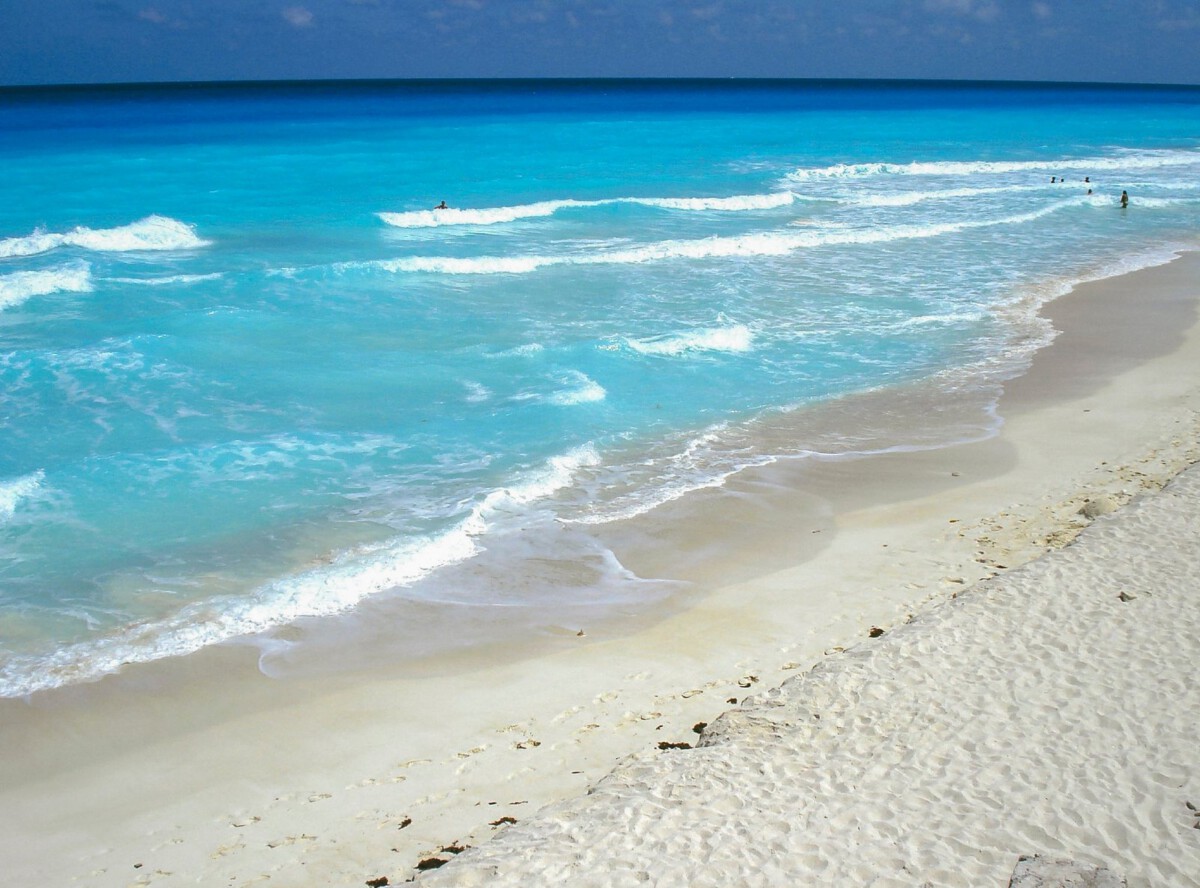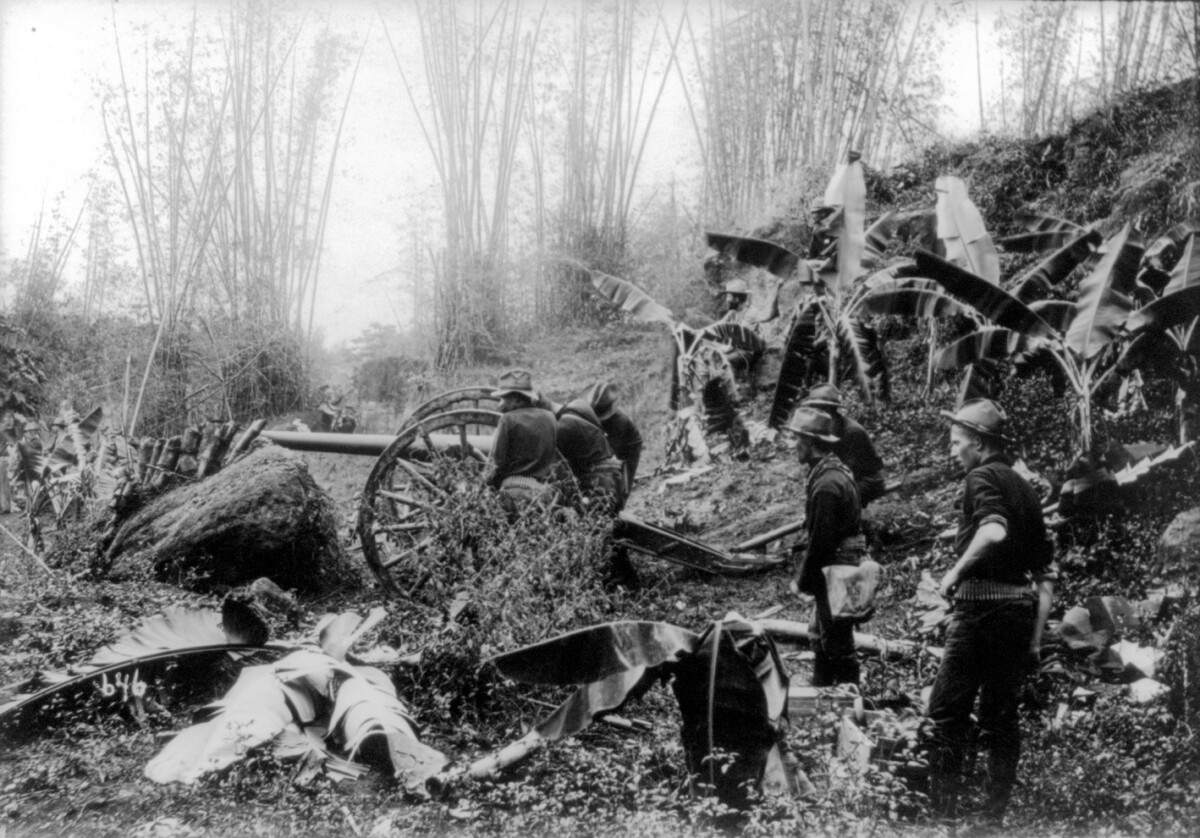The Moment Adventure Turns Unthinkable

Imagine the salty breeze of a Mexican beach, the laughter echoing from a sun-soaked bar, or the dizzying colors of a Bangkok street market. Now, picture how quickly adventure can twist. Every year, thousands of Americans pack their bags for dream vacations, not knowing some won’t make it home. It’s a topic nobody wants to talk about, yet it lurks beneath every passport stamp: where do most U.S. tourists die abroad, and why? The answer isn’t meant to scare, but to spark awareness—because the best memories come from safe, smart choices.
Mexico Sunsets and Dark Statistics

Mexico draws millions with its turquoise waters and spicy street tacos, but it’s also the country where the most U.S. tourists lose their lives. The odds? Higher than anywhere else, year after year. Most deaths are not from crime, but from car accidents, drownings, or health issues, which catch travelers off-guard. Places like Cancun, Playa del Carmen, and Tulum feel like paradise—until a night swim in rough surf or a reckless scooter ride changes everything. The warm air and fiesta spirit can make anyone feel invincible, but the statistics are a sobering reminder: **always respect local warnings and never underestimate the power of the ocean or unfamiliar roads.**
The Caribbean Hidden Dangers

Picture yourself sipping rum under palm trees in the Dominican Republic. It’s pure bliss—until a mosquito bite brings fever, or a strong current sweeps you out to sea. The Dominican Republic is consistently in the top five for U.S. tourist deaths abroad, often from road mishaps, health emergencies, or water accidents. Resort life feels like a safety bubble, but venturing out can mean rough roads, unfamiliar traffic rules, and sometimes poor emergency care. **Pack insect repellent, stay hydrated, and avoid driving at night to cut down risks.** The local pace is relaxed, but don’t let your guard down.
Thailand Temptations and Traffic

Thailand is a magnet for backpackers and retirees, with golden temples and wild full-moon parties. But it’s also notorious for deadly road accidents—especially involving motorbikes. American travelers are drawn to the freedom of scooters, but traffic is chaotic and helmets are often ignored. Add in dehydration, late nights, and unfamiliar rules, and the dangers multiply. Beaches like Phuket and Koh Samui also hide rip currents that catch even strong swimmers by surprise. **If you must rent a scooter, wear a helmet and take it slow.** The thrill isn’t worth a life.
Adventure Sports Highs and Lows

Ever dreamed of zip-lining through Costa Rican jungles or scuba diving in Bali? These adrenaline adventures are unforgettable, but they come with serious risks. Faulty equipment, untrained guides, and unpredictable weather can turn excitement into tragedy. U.S. tourists have died from bungee cord failures, diving mishaps, and rafting accidents—usually when safety standards are overlooked. **Always book with certified operators, double-check gear, and walk away if anything feels off.** The real adventure is coming back to tell your story.
Health Hazards Lurking in Paradise

Tropical destinations promise relaxation, but also bring invisible threats. Dengue fever, Zika, and malaria are more than buzzwords—they’re real risks, especially in parts of the Caribbean, Central America, and Southeast Asia. Many Americans skip vaccinations or forget simple steps like drinking bottled water. Hospitals abroad can be hit-or-miss, and what feels like a mild headache can spiral out of control. **Before you fly, check the CDC recommendations and pack a basic medical kit.** Trust your senses: if food smells off or water looks cloudy, don’t risk it.
On the Road Again But Not Always Safe

Driving abroad can be a thrill or a nightmare. In countries like Thailand, Mexico, and the Dominican Republic, traffic laws are loosely enforced, roads are sometimes poorly maintained, and local drivers aren’t as cautious as you might hope. Even crossing the street can feel like a game of chance. Many U.S. tourist deaths involve rented scooters, cars, or jeeps—often at night, after a few drinks, or on unfamiliar mountain roads. **Consider using taxis, ride-shares, or reputable local drivers.** If you do drive, take it slow and avoid risky shortcuts.
Natural Disasters Strike Without Warning

No one expects an earthquake while wandering through Haiti’s markets, or a hurricane to upend their Jamaican getaway. Yet natural disasters account for a chilling share of tourist deaths. In 2010, Haiti’s earthquake claimed many American lives, and hurricanes regularly disrupt travel plans across the Caribbean and Gulf of Mexico. Emergency services can be slow, and evacuation plans unclear. **Always check the local disaster season before booking and know your hotel’s evacuation routes.** The sky can change in minutes.
Crime and Safety in the Shadows

Petty crime like pickpocketing happens everywhere, from Barcelona’s crowded Ramblas to Rio’s sunny beaches. But violent incidents—robberies gone wrong, assaults, even kidnappings—occur more often in some countries. Venezuela, Honduras, and certain Mexican border areas are higher-risk. Still, most American tourist deaths from crime happen in places where travelers ignore local warnings, wander into unsafe neighborhoods, or trust the wrong strangers. **Blend in, don’t flash valuables, and trust your gut.** If a place feels off, leave.
Alcohol and the Party Trap

Cancun, Ibiza, Phuket—these places throb with nightlife, free shots, and endless dancing. But alcohol is a double-edged sword. Overindulgence leads to falls, drownings, and risky choices. In some cases, drinks are spiked or local spirits are dangerously strong. A night that starts with laughter can end in tragedy if you lose control or get separated from friends. **Pace yourself, never leave your drink unattended, and stick together.** It’s fun to let loose, but not at the cost of your safety.
The Real Reason We Travel

There’s a pulse you feel when you step into a new country: the scent of street food, the chaos of foreign traffic, the hush of a mountain sunrise. That’s why we travel—to feel alive, to gather stories, to break out of routine. Knowing the risks doesn’t mean living in fear; it means traveling smarter, so you can savor every moment and return home with nothing but good memories.







